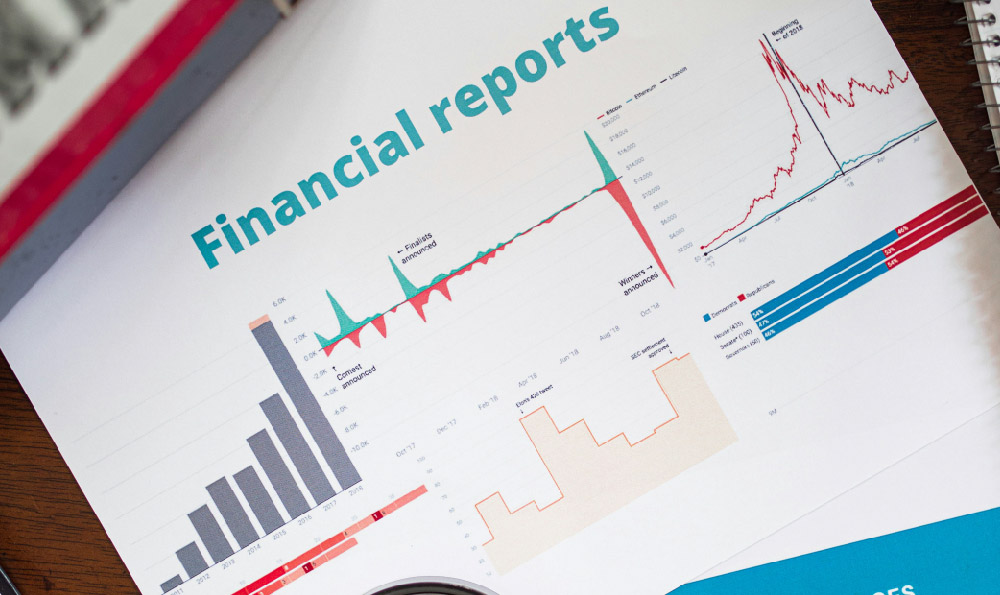Investing in a company is a significant decision that can potentially yield substantial returns, but it also comes with inherent risks. Understanding the various investment options available is crucial for making informed choices that align with your financial goals and risk tolerance. This exploration will delve into the primary avenues for investing in a company, outlining the characteristics, advantages, and disadvantages of each, allowing you to navigate the investment landscape with greater clarity.
One of the most common and accessible methods is investing in the company's stock, often referred to as equity. This means purchasing shares of the company on a stock exchange or through a broker. When you buy stock, you become a part-owner of the company, albeit a small one in most cases, and you are entitled to a portion of its profits, typically distributed as dividends. The primary way you profit from stock investment is through capital appreciation, where the value of your shares increases over time. This growth can be driven by various factors, including the company's financial performance, industry trends, and overall market sentiment. However, stock prices can be volatile, and there's a risk of losing money if the company performs poorly or the market declines. Different types of stock exist, such as common stock, which grants voting rights in corporate matters, and preferred stock, which usually offers a fixed dividend payment but may have limited or no voting rights. Investing in stock requires careful analysis of the company's financials, competitive landscape, and management team, as well as an understanding of broader economic conditions. Diversification is key to mitigating risk when investing in stocks; spreading your investments across different companies and sectors can help buffer against losses if one particular investment underperforms.
Beyond direct stock purchases, mutual funds and exchange-traded funds (ETFs) offer diversified exposure to a basket of stocks, potentially reducing individual company risk. Mutual funds are professionally managed investment vehicles that pool money from multiple investors to purchase a diversified portfolio of stocks, bonds, or other assets. They are actively managed, meaning the fund manager makes decisions on which securities to buy and sell, aiming to outperform a specific benchmark. ETFs, on the other hand, are similar to mutual funds but trade on stock exchanges like individual stocks. They are typically passively managed, tracking a specific index, such as the S&P 500, and tend to have lower expense ratios than actively managed mutual funds. Investing in mutual funds or ETFs allows you to gain exposure to a broad range of companies without having to individually research and select each stock. This can be particularly beneficial for beginners or those with limited time to dedicate to investment research. However, it's important to consider the fund's expense ratio, track record, and investment strategy before investing. Actively managed funds may underperform their benchmark index, and even passively managed ETFs are subject to market risk.

Another avenue for investing in a company is through bonds. When you buy a company's bonds, you are essentially lending money to the company. The company agrees to pay you interest on the principal amount of the bond over a specified period, and then repay the principal at maturity. Bonds are generally considered less risky than stocks because bondholders have a higher claim on the company's assets in the event of bankruptcy. However, bonds also offer lower potential returns than stocks. The interest rate on a bond, also known as the coupon rate, is influenced by factors such as the company's creditworthiness and prevailing interest rates. Bonds are rated by credit rating agencies, such as Moody's and Standard & Poor's, which assess the risk of the company defaulting on its debt. Higher-rated bonds are considered safer but offer lower yields, while lower-rated bonds, often referred to as "junk bonds," carry a higher risk of default but offer potentially higher yields. Investing in bonds can provide a stable source of income and can help diversify your investment portfolio. However, it's important to consider the impact of inflation on bond returns, as inflation can erode the purchasing power of the fixed interest payments.
Venture capital (VC) and private equity (PE) offer more direct investment opportunities, though these are typically reserved for high-net-worth individuals and institutional investors. Venture capital involves investing in early-stage, high-growth companies that are not yet publicly traded. These companies often have innovative ideas but also face significant risks. Venture capital investors provide funding in exchange for equity, hoping to see their investment grow exponentially if the company succeeds. Private equity, on the other hand, involves investing in more established companies that are not publicly traded. Private equity firms often acquire entire companies or significant stakes in companies, aiming to improve their operations and increase their value before eventually selling them or taking them public. Both venture capital and private equity investments are illiquid, meaning it can be difficult to sell your investment quickly if needed. They also require significant due diligence and expertise to identify promising investment opportunities. While the potential returns from venture capital and private equity can be very high, the risks are also substantial.
Finally, crowdfunding platforms have emerged as a relatively new way for individuals to invest in companies. Crowdfunding allows companies to raise capital from a large number of investors, typically through online platforms. Some crowdfunding platforms offer equity in exchange for investment, while others offer debt or other forms of compensation. Crowdfunding can provide access to investment opportunities that were previously unavailable to ordinary investors. However, it's important to exercise caution when investing through crowdfunding platforms, as many of the companies seeking funding are early-stage ventures with a high risk of failure. Thoroughly research the company, its management team, and its business plan before investing. Only invest an amount that you can afford to lose, as crowdfunding investments are often illiquid and carry a high degree of risk.
In conclusion, investing in a company can be achieved through various means, each with its own set of advantages and disadvantages. From purchasing stocks and bonds to investing in mutual funds, ETFs, venture capital, private equity, and crowdfunding, the options are diverse and cater to different risk appetites and investment horizons. Before making any investment decision, it's essential to conduct thorough research, understand the risks involved, and consult with a financial advisor to develop a well-informed and personalized investment strategy that aligns with your financial goals and risk tolerance. Remember that diversification is crucial for mitigating risk, and it's always advisable to spread your investments across different asset classes and sectors.












